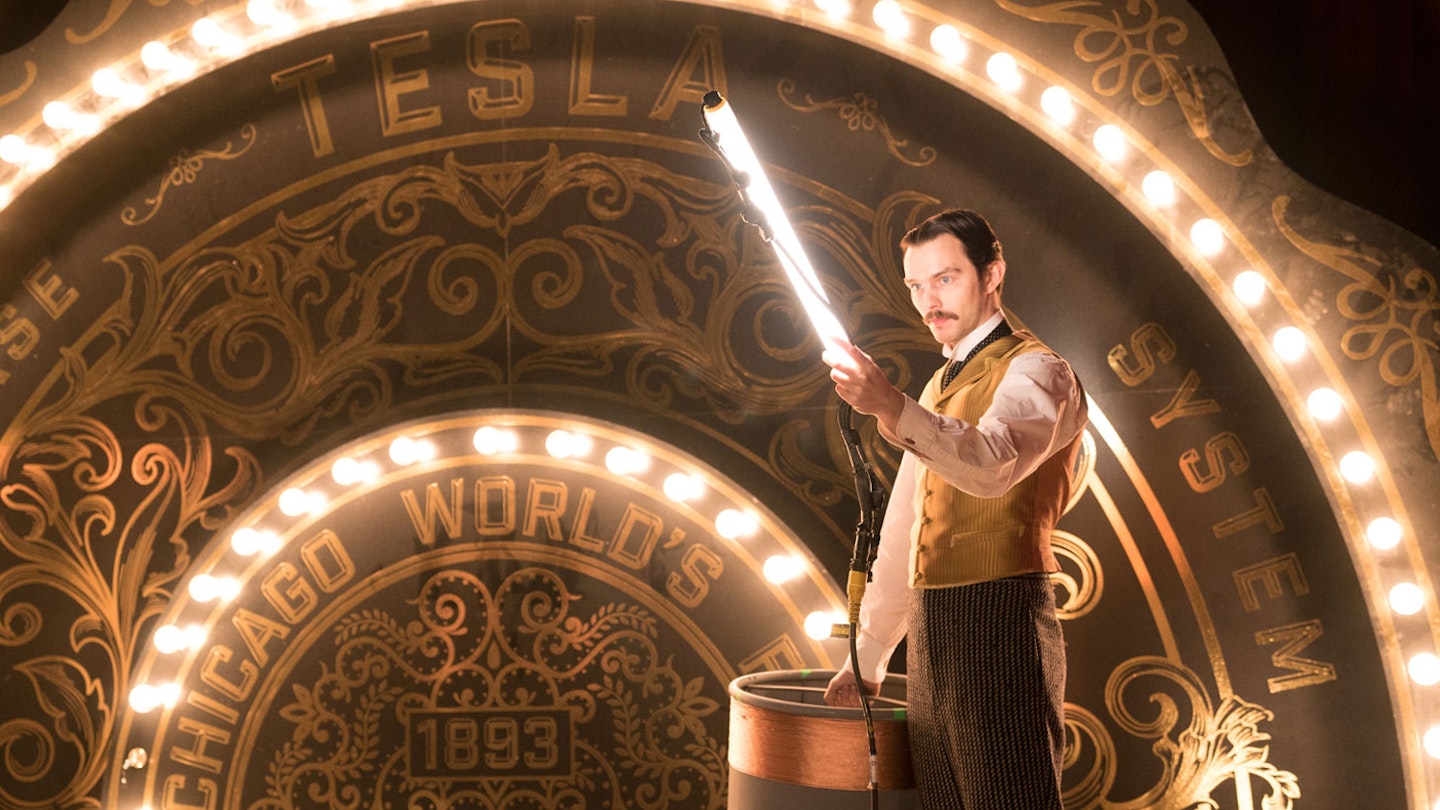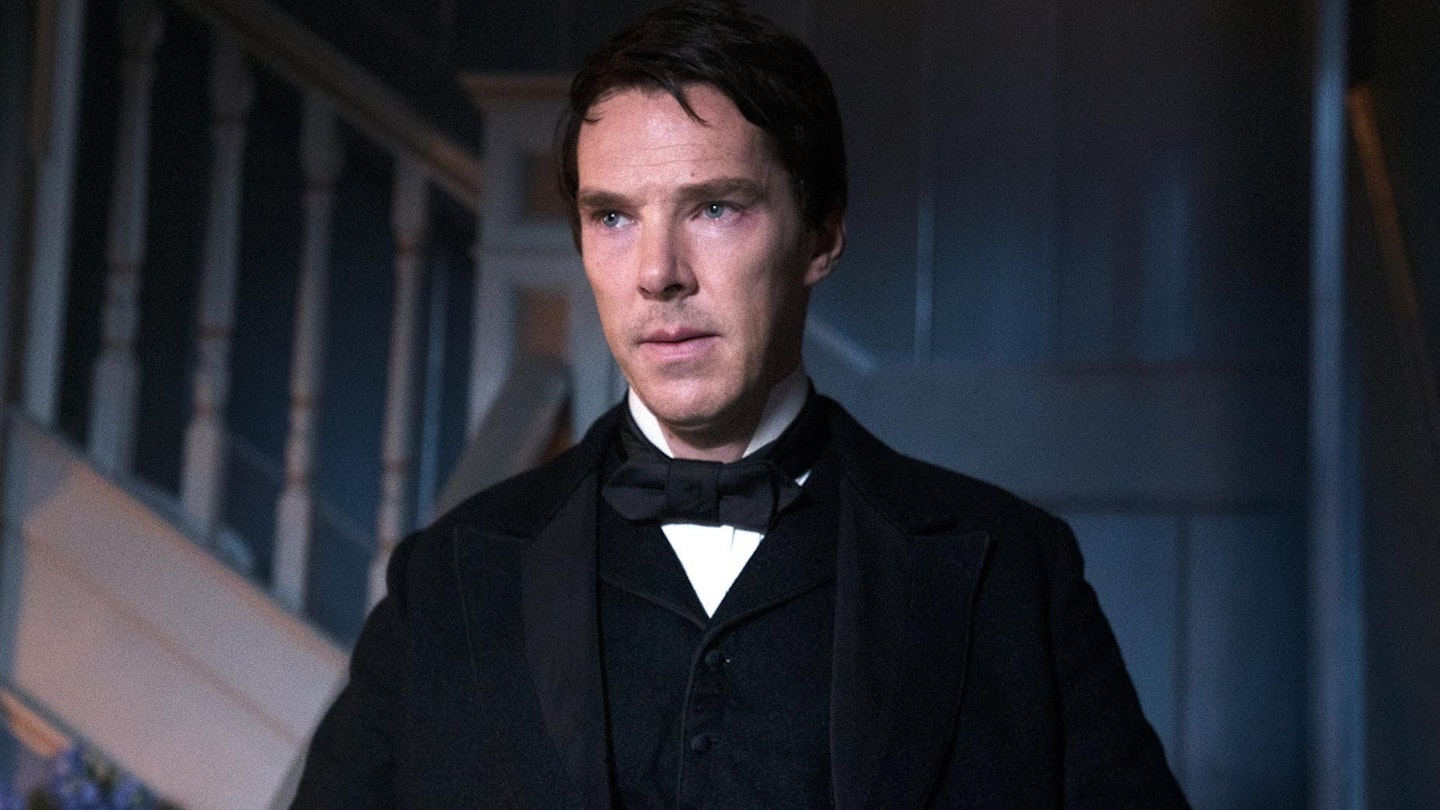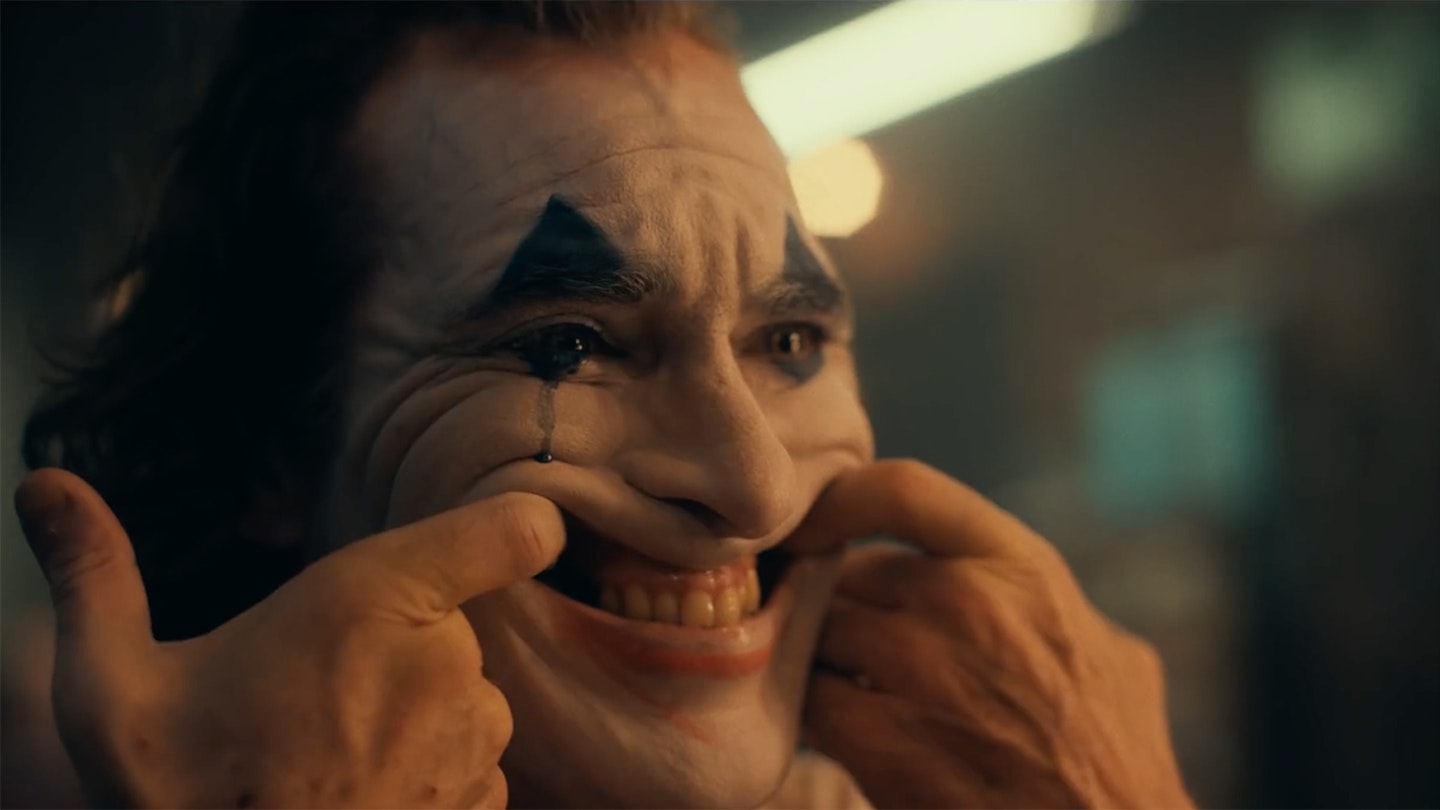The opening text of The Current War describes the events it’s about to portray as “a race to create the modern world”. If true, then the race is circuitous, has a few diversions, and changes the number of its competitors part-way through.
Alfonso Gomez-Rejon’s long-delayed follow-up to Me And Earl And The Dying Girl is appealingly set during a time where, as in Christopher Nolan’s The Prestige (which feels like a distant cousin to this film), scientific progress must have felt like reality-transforming sorcery. It centres on the so-called ‘war of currents’ between Thomas Edison — inventor of the phonograph and the movie camera, as well as electric lighting — and George Westinghouse, a rugged businessman who invested in and promoted the alternating current (AC) system over Edison’s restricted direct current (DC) supply.

These historical figures are impressively portrayed by the film’s two leads. Benedict Cumberbatch can play prickly, principled geniuses like Edison in his sleep, while Michael Shannon offers a warmer, more empathic presence as the stern but reasonable Westinghouse, whose ruthlessness is only revealed when Edison publicly accuses his AC system of endangering lives. The film also benefits from a cracking supporting cast. Katherine Waterston nimbly dodges the ‘dutiful wife’ trap as Marguerite, Westinghouse’s wily, determined better half, while Nicholas Hoult brings an otherworldly air as Nikola Tesla, and Tom Holland provides yet another likeable turn as Edison’s stolid secretary-cum-conscience, Samuel Insull.
It's come out a bit of a hodgepodge.
However, in juggling all its elements, The Current War suffers a critical loss of focus. It goes from switching between Edison’s and Westinghouse’s parallel storylines, to introducing Tesla and his own travails as a naive business operator, to becoming consumed by side-plots about the creation of the electric chair and the battle for the contract to power the 1893 Chicago World’s Fair. There is a non sequitur prologue and epilogue, while flashbacks and dream sequences confusingly obstruct the narrative flow. This could be the fault of a scattily plotted script (by Michael Mitnick), but it seems more likely sourced in the film’s troubled post-production. When the Harvey Weinstein scandal hit, the then-executive producer dropped the film mid re-edit, and since, Gomez-Rejon says he’s both added five scenes and cut the running time by ten minutes. Either way, it’s come out a bit of a hodgepodge.
Thankfully, Gomez-Rejon retains the visual panache he showed on Me And Earl…, collaborating with Park Chan-wook’s cinematographer Chung-hoon Chung to apply a magic-realist tinge to this period piece. Together they employ Gilliamesque low-angles and split-screen techniques, while at times swashing the screen with — appropriately, given the subject — lens flare. It’s just a shame the story itself isn’t told in a more direct manner, rather than via constantly alternating viewpoints.


.jpg?ar=16%3A9&fit=crop&crop=top&auto=format&w=1440&q=80)
